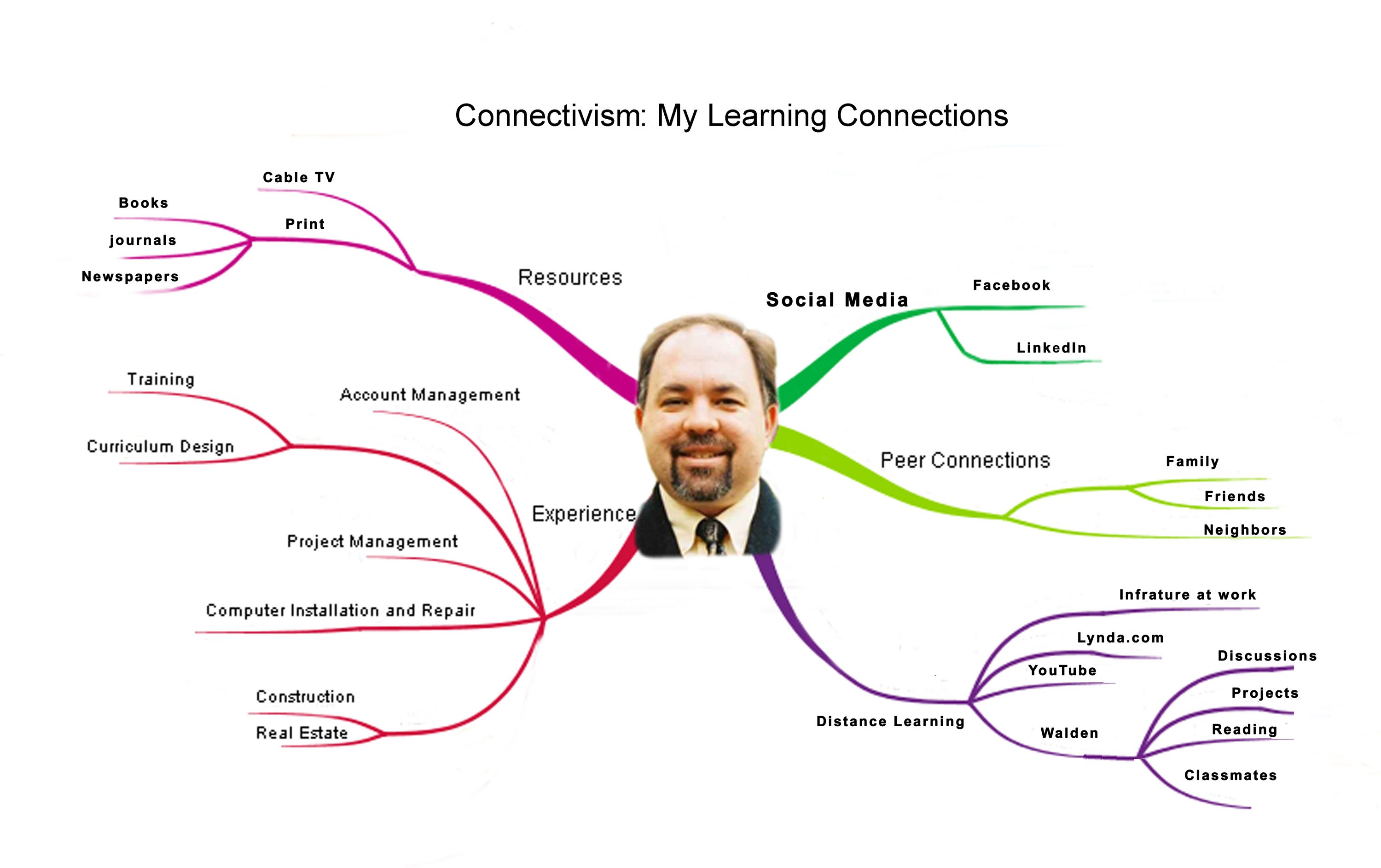My personal definition of distance learning before starting this course, was pretty much anything that could be taught across the Internet where the teacher was separated from the students by either distance and or time. This could include pretty much everything from Walden University, to a YouTube video I found doing a Google search. As far as I’m concerned if it’s an instructional media developed by instructor or subject matter expert in a format that can be delivered across long distances at any time point send to me that’s distance learning. So, whether it’s the online training that I hope developed for the US Army and Navy, or was web-based simulations that were developed for Circuit City employees to use on their computers to help develop skills or to answer questions. To present day where I’m tasked with developing flashy YouTube style videos to help explain bike racing statistics and rankings to an audience that doesn’t like to read but wants to watch a quick video.
My observations were made over my life as an instructor. I’ve been primarily a classroom trainer since 2001. Around 2005 I started getting more and more work as an instructional designer. During the same time, the amount of work that required an instructor was decreasing. Companies were becoming more accustomed to remote workers. Around 2007 I started getting instructional design work that allowed me to work from home. As far as I could tell the trend I was experiencing is a decline in the demand for instructor led training and increase in the demand for instructional designers can build training that can be delivered remotely across the Internet. That’s why I decided that even with the amount of experience I had it would benefit me to get a master’s degree in instructional design.
My vision for the future is; that instructor led training will continue to decrease in demand, and distance learning, in a variety of formats, will continue to be in high demand. I believe the post Fordist view will drive Instructional Design for the foreseeable future. (Simonson, Smaldino, & Susan, 2015) I think that today we are still in the early days of distance education. I personally don’t see a lot of difference between the book, paper, and pen, with writing assignments, that was the norm for correspondence courses going all the way back to the late 1800s, and what we do today online. While I like the courses at Walden and I liked the courses I took it Strayer, both were basically read a lot of text, write a lot in both discussion groups and in papers for assignments, and complete a few projects to turn in for grading. There are a a few small videos or other interactive graphics thrown in to give it a multimedia feel but basically it is the same.
I can see a lot coming though. As our computer screens and our computers continue to get more powerful there is the opportunity for really immersive educational systems to be developed and delivered. One of the biggest problems we have to getting there is the difficulty of indexing video content. Identifying the correct videos for learning something from hundreds of videos can be tedious and you can’t really tell if a video has the information you are looking for unless you watch it.
There is the ability to put metadata in the videos to enable better tracking and better understanding of what kind of data the video contains so there’s a good possibility in the future that video libraries will be as easy to search as reading the index in the back of a book. When we finally get there, I can see distance learning being a fully immersive interactive adventure with avatars and even 3-D surround vision. It should be interesting.
References
Simonson, M., Smaldino, S., & Susan, Z. (2015). Teaching and learning at a distance (6th ed.). Charlotte, North Carolina: Information Age Publishing Inc.
![]()
![]()
